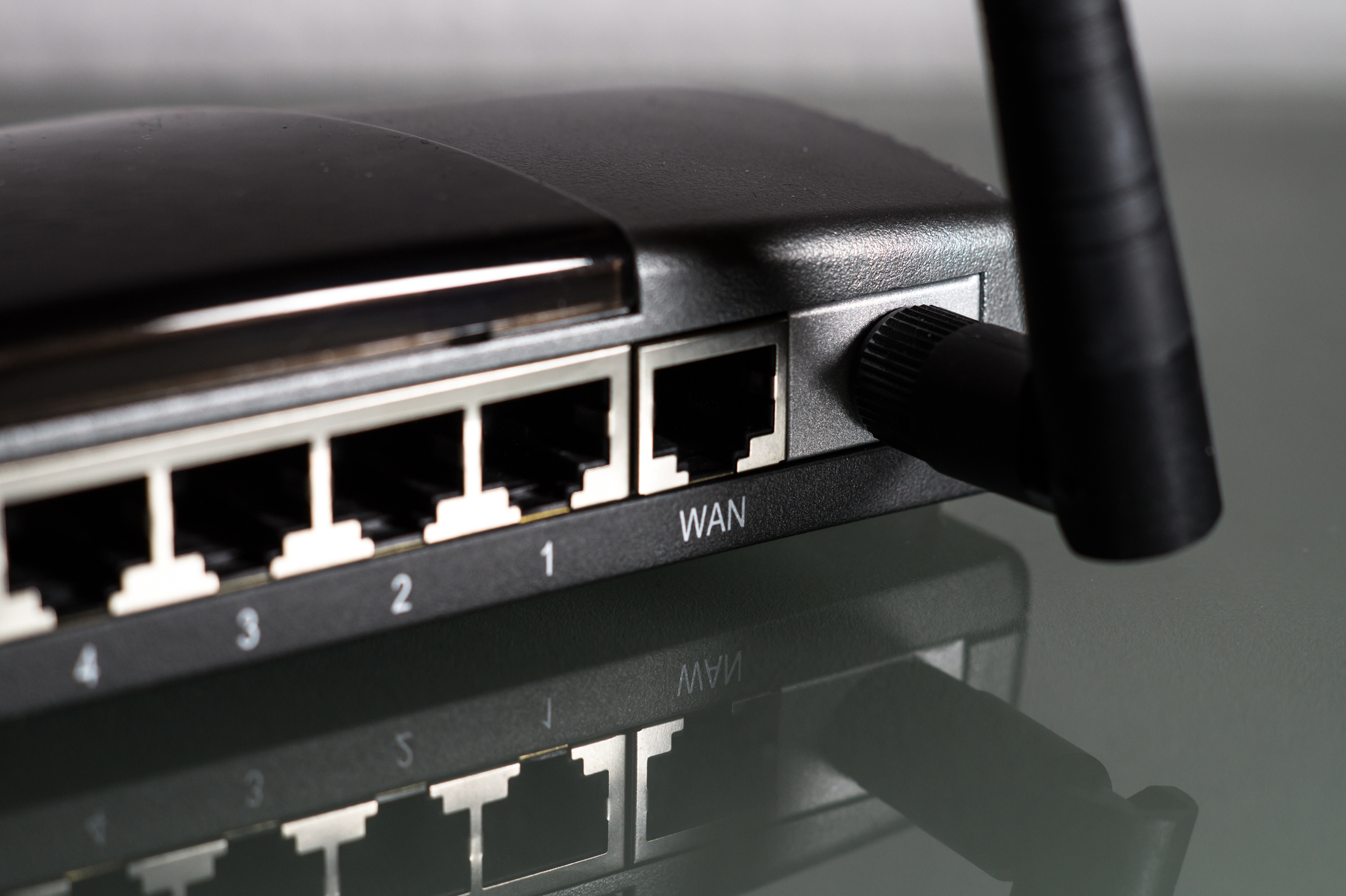A new Wi-Fi vulnerability, discovered by security researcher Mathy Vanhoef and his team, has been discovered. This vulnerability, identified as CVE-2023-52424 and known as the SSID Confusion Attack, cleverly manipulates network security protocols, allowing attackers to trick devices into connecting to fraudulent networks. This not only compromises the security of data but also exposes users to potential espionage and data theft on what they mistakenly believe to be secure networks.
Overview of the Vulnerability
The SSID Confusion Attack exploits a key oversight in the Wi-Fi standard regarding the authentication of the network’s Service Set Identifier (SSID). The SSID is essential for distinguishing between multiple wireless networks within the same vicinity. Typically, modern Wi-Fi networks use a 4-way handshake mechanism to authenticate network connections and negotiate encryption keys. This process involves a Pairwise Master Key (PMK), which varies based on the Wi-Fi version and the authentication protocol in use.
However, the IEEE 802.11 standard does not mandate the inclusion of the SSID in this key derivation process. Consequently, the SSID does not consistently participate in the authentication phase when a device connects to a network. This loophole provides an opportunity for attackers to set up rogue access points that spoof the SSID of a trusted network, facilitating a downgrade attack where the victim unknowingly connects to a less secure network.
Conditions and Exploitation Tactics
The successful execution of an SSID Confusion Attack requires specific conditions. For instance, an organization might utilize dual Wi-Fi networks operating on separate frequency bands (2.4 GHz and 5 GHz) but sharing the same authentication credentials. Under normal circumstances, devices would connect to the more secure 5 GHz network. However, an attacker within proximity could deploy a rogue access point mimicking the 5 GHz network’s SSID. This rogue access point could manipulate authentication frames to redirect connections to the less secure 2.4 GHz network, exposing users to heightened security risks.
This method of attack could potentially exacerbate the effects of other known vulnerabilities, such as the Krack attack, and in some scenarios, it might also disable VPN protections. Many VPN services, including notable ones like Cloudflare’s Warp and Windscribe, typically deactivate when a device connects to a trusted network as identified by its SSID. By spoofing a trusted SSID, an attacker could bypass these VPN protections.
Implications of the Vulnerability
This vulnerability affects all Wi-Fi clients across various operating systems and impacts several network types, including home, enterprise, and mesh networks. The potential for damage is particularly alarming because it can:
- Bypass security protocols such as WEP, WPA3, and 802.1X/EAP.
- Disable VPN protections through auto-disconnect features when the device connects to a perceived “trusted” network.
- Allow attackers to intercept and manipulate network traffic, posing risks to personal and organizational data security.
Case Studies and Affected Systems
The SSID Confusion Attack is not just a theoretical concern. For instance, numerous universities that utilize the eduroam network service are vulnerable, given the common practice of reusing credentials across different network setups. This same vulnerability extends to enterprise environments where network authentication does not depend solely on the SSID, increasing the risk of unauthorized access.
Mitigation Strategies
To address the risks associated with CVE-2023-52424, several mitigation strategies have been proposed:
- Wi-Fi Standard Improvements:
- Incorporate SSID authentication during the network’s 4-way handshake phase.
- Enhance the security of the key derivation process by including the SSID as part of the authentication data.
- Wi-Fi Client Enhancements:
- Implement beacon protection measures that authenticate these signals before a connection is established.
- Ensure that devices store and verify reference beacons during the handshake process to confirm network authenticity.
- Avoiding Credential Reuse:
- Encourage the use of distinct credentials for different network SSIDs, especially in environments like enterprise networks where security is paramount.
- Proper VPN Usage:
- Configure VPN services to remain active and ignore the network’s trust level, ensuring uninterrupted protection of data transmission.
These proposed changes aim to fortify Wi-Fi networks against this new form of attack, safeguarding user data from unauthorized access and manipulation.
How Can Netizen Help?
Netizen ensures that security gets built-in and not bolted-on. Providing advanced solutions to protect critical IT infrastructure such as the popular “CISO-as-a-Service” wherein companies can leverage the expertise of executive-level cybersecurity professionals without having to bear the cost of employing them full time.
We also offer compliance support, vulnerability assessments, penetration testing, and more security-related services for businesses of any size and type.
Additionally, Netizen offers an automated and affordable assessment tool that continuously scans systems, websites, applications, and networks to uncover issues. Vulnerability data is then securely analyzed and presented through an easy-to-interpret dashboard to yield actionable risk and compliance information for audiences ranging from IT professionals to executive managers.
Netizen is an ISO 27001:2013 (Information Security Management), ISO 9001:2015, and CMMI V 2.0 Level 3 certified company. We are a proud Service-Disabled Veteran-Owned Small Business that is recognized by the U.S. Department of Labor for hiring and retention of military veterans.
Questions or concerns? Feel free to reach out to us any time –
https://www.netizen.net/contact



